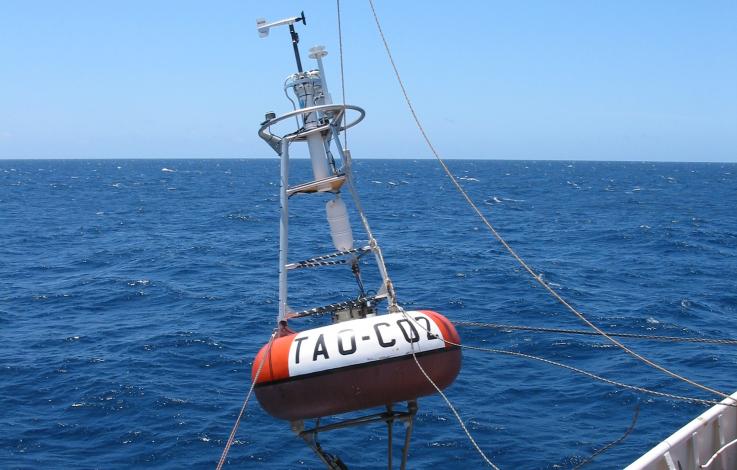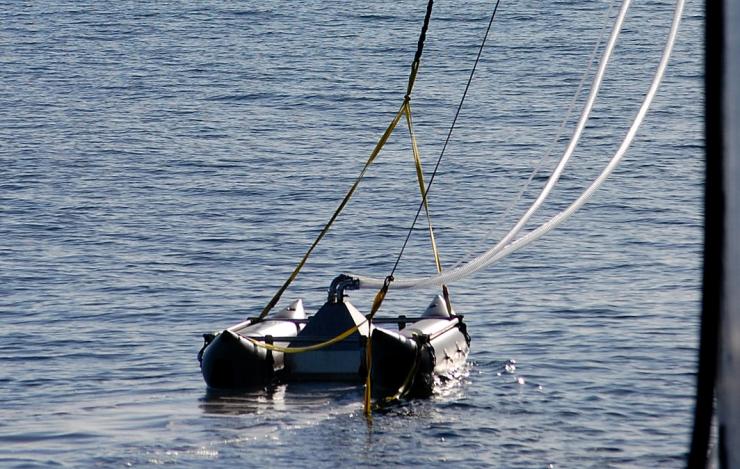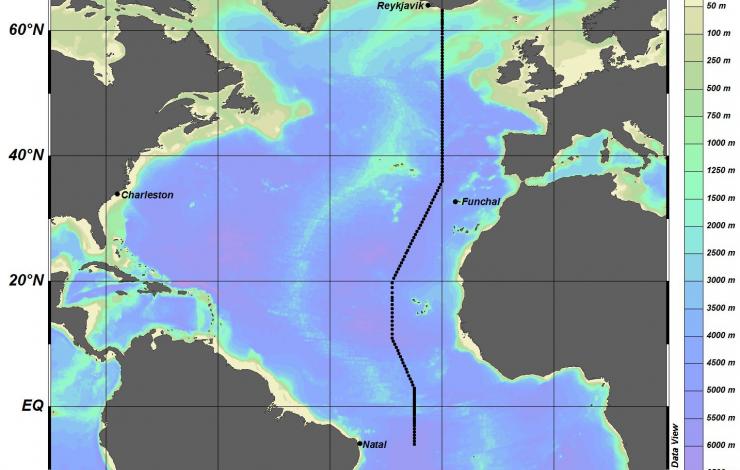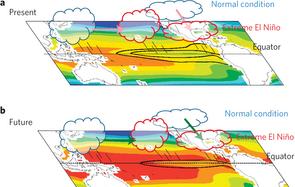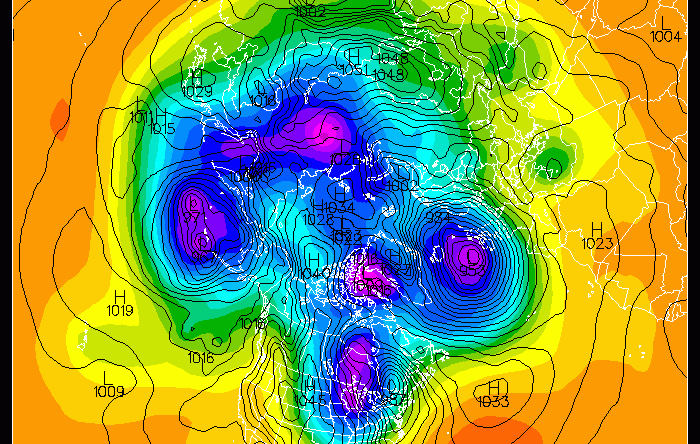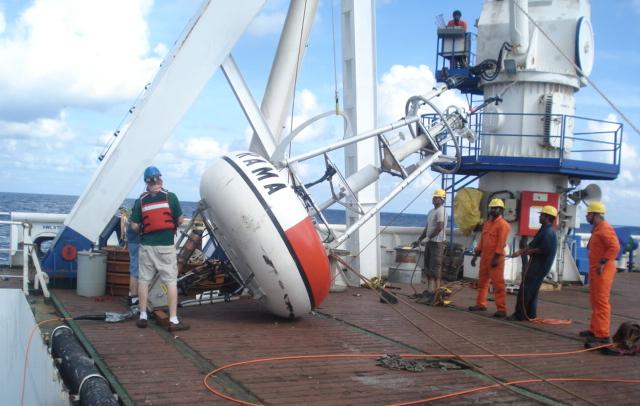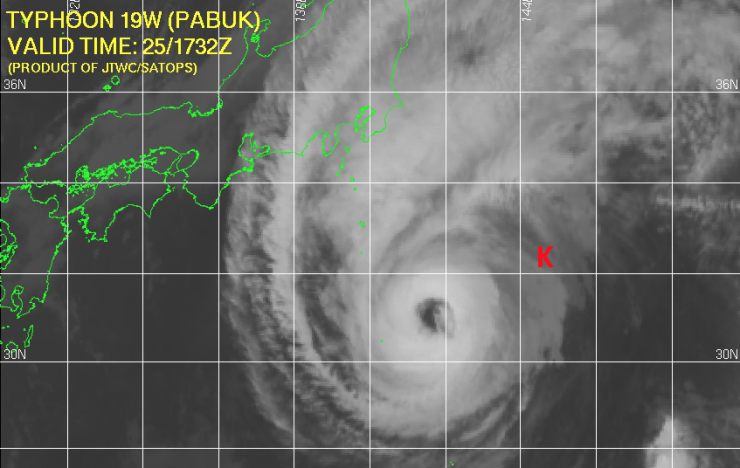What's New Archive
![]() The U.S. government is closed. This site will not be updated; however, NOAA websites and social media channels necessary to protect lives and property will be maintained. To learn more, visit commerce.gov.
The U.S. government is closed. This site will not be updated; however, NOAA websites and social media channels necessary to protect lives and property will be maintained. To learn more, visit commerce.gov.
For the latest forecasts and critical weather information, visit weather.gov.
Immediately following a magnitude 8.2 earthquake off the coast of Chile on April 1, scientists at PMEL began modeling the event using real-time data from DART® moorings that measured the tsunami 30 minutes after the earthquake struck. They accurately predicted wave arrival times and heights for US coastal communities like Hilo, Hawaii, where a tide gauge recorded a 50 cm tsunami wave.
Please visit the Chile tsunami event page for more information, including tide gauge comparisons with model data for other communities.
Research published recently in Global Biogeochemical Cycles describes how observations in the tropical Pacific now show human activity is contributing to increasing CO2 levels where, previously, natural variability has dominated ocean CO2 patterns. Lead author, PMEL/JISAO scientist Adrienne Sutton, along with PMEL’s Dr. Richard Feely also conclude that the rates of CO2 and acidity in seawater are just as rapid in the tropical Pacific as in polar regions, which are considered one of the harbingers of ocean acidification.
To read more please visit the NOAA Research news page.
In a paper published recently in Nature Geoscience PMEL Atmospheric Chemistry group, led by Dr. Patricia Quinn, and others show that the organic carbon content of sea spray aerosol (produced by breaking waves on the ocean surface) was similar in all regions sampled, regardless of the presence or absence of plankton blooms. Previously, all large scale climate models have used chlorophyll-a, a proxy for plankton biomass, to predict the organic carbon content of sea spray aerosol. This study concludes that this method will lead to inaccurate predictions.
For more information on this study please visit the Nature Geoscience website to download the full paper.
From August 2013 to February 2014, PMEL scientists and technicians from multiple groups participated in an Atlantic Ocean survey of the A16 line from 63°N near Iceland to 63°S near Chile on the NOAA Ship Ronald H. Brown. In total, 258 full water column stations were sampled over 100 days at sea along the section, making a variety of physical, chemical and biological measurements. The data collected on this expedition will be compared with earlier data sets from previous decades to detect changes in ocean properties.
You can find more information about this expedition by visiting the A16N and A16S web pages.
For the first time, in a research article published January 19 in Nature Climate Change, PMEL’s Dr. Michael McPhaden and a team of international scientists provide robust and convincing evidence that greenhouse warming will double the chance of extreme El Niño events in the coming decades. The scientists examined 20 climate models and found a doubling of extreme El Niño events, like the one in 1997-98, from present-day through the next 100 years in response to greenhouse warming.
For more information on El Niño, please visit the Tropical Atmosphere Ocean project website.
PMEL’s Dr. James Overland explains why the eastern United States is experiencing frigid temperatures in early January 2014 on the Arctic web site's new Polar Vortex page. He describes how in the last five years we have seen the jet stream transform from its typical, nice oval pattern around the North Pole to more of a wavy formation, and this waviness is resulting in colder weather being carried into the eastern US and eastern Asia.
Visit the Arctic web site to read more about the polar vortex and how the connection between the Arctic warming trend and more severe weather in mid-latitudes is an active area of research.
PMEL’s Dr. James Overland is one of three editors of the 2013 Arctic Report Card, released December 12 at the American Geophysical Union's fall meeting. Authored by 147 scientists from 14 countries, this year's report concluded that while long-term warming and environmental change trends persist in the Arctic, 2013 was not as extreme as 2012. PMEL’s Dr. Patricia Quinn and JISAO’s Dr. Muyin Wang also contributed to the 2013 report.
Please visit the Arctic Report Card website for more updates on Arctic conditions for the atmosphere, sea ice, ocean temperature and salinity, marine ecosystems, terrestrial ecosystems, and terrestrial cryosphere.
PMEL successfully deployed the first carbon dioxide flux and ocean acidification mooring in the Northern Indian Ocean on November 23. The Bay of Bengal Ocean Acidification (BOBOA) mooring will help us understand the large intraseasonal, seasonal and interannual biogeochemical variations in the Bay of Bengal, and how the marine ecosystem in the Bay is changing over time.
This mooring is part of the Research Moored Array for African-Asian-Australian Monsoon Analysis and Prediction (RAMA) made possible through a close partnership with NOAA and Bay of Bengal partners. Read more and see live data on the BOBOA Carbon website.
A two-month long oceanographic expedition, led by PMEL’s Dr. John Bullister and AOML's Dr. Molly Baringer, along the A16N line in the Atlantic Ocean was recently completed on NOAA ship Ronald H. Brown. About 50 scientists, from 6 countries made a variety of physical, chemical and biological measurements in the water column and atmosphere.
The data will be compared with historical data collected 10 and 20 years earlier in this region to look for changes in ocean properties and as a reference data set for future studies. More information, including blogs by participating teachers and students can be found online here.
The tropical cyclone Pabuk passed NOAA’s Kuroshio Extension Observatory (KEO) mooring on September 26, 2013, followed by Wipha on October 15th, and Francisco on October 26th. Measurements collected during Typhoon Pabuk will be compared with observations made during Typhoon Choi-Wan, which passed KEO on September 19, 2009. Both Choi-Wan and Pabuk were transitioning to extratropical storms as they passed KEO, like Hurricane Sandy when it made landfall.
Wipha and Francisco passed north of KEO. Analysis of data from KEO during the passage of typhoons will contribute to better understanding and prediction of tropical cyclones worldwide.



